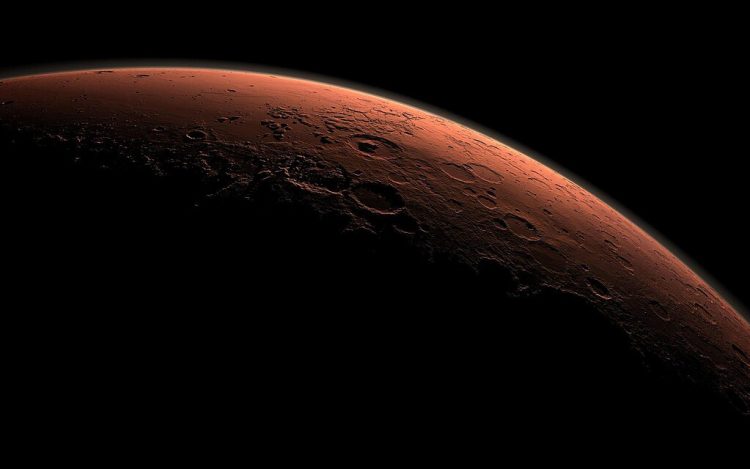Introduction:
For centuries, humans have looked up at the night sky and wondered if we are alone in the universe. One of the closest and most intriguing planets is Mars. With its reddish hue and similarities to Earth, scientists have long been curious about the possibility of finding life on Mars.
The Search for Life:
Over the years, several missions have been sent to Mars to study its surface and atmosphere. These missions have provided valuable insights into the planet’s past and present conditions, but the question of whether there was ever any life on Mars remains unanswered.
Early Discoveries:
The first hint of possible Martian life came in the 1970s with the Viking missions. The landers conducted experiments to search for signs of life, including the release of nutrients into the soil to see if any microorganisms would respond. While some results were inconclusive, they did not provide definitive evidence of life.
Martian Meteorites:
Another avenue of investigation comes from Martian meteorites that have fallen to Earth. These meteorites contain traces of Martian rocks and have been studied extensively for signs of ancient life. In 1996, a meteorite found in Antarctica, known as ALH84001, made headlines when it was suggested that it may contain fossilized bacteria-like structures. However, the claim remains controversial, and further research is needed to confirm or refute the findings.
Recent Discoveries:
In recent years, the search for life on Mars has gained momentum. NASA’s Curiosity rover, which landed on Mars in 2012, has been exploring the planet’s surface and collecting valuable data. It has found evidence of past water activity, including riverbeds and mineral deposits that suggest the presence of lakes and streams in the past.
In 2015, NASA announced the discovery of intermittent liquid water flowing on present-day Mars. This finding raised hopes that conditions may be suitable for microbial life to exist on the planet. However, the source of the water and the exact nature of these flows are still under investigation.
Possible Habitats:
Scientists have identified several potential habitats on Mars where life could potentially exist. These include underground aquifers, subsurface ice, and regions with geothermal activity. The presence of liquid water is considered a crucial factor for the development and survival of life as we know it.
Future Missions:
The search for life on Mars continues with planned future missions. NASA’s Mars 2020 rover, set to launch in 2022, will include advanced instruments to search for signs of past microbial life. The European Space Agency (ESA) and Roscosmos, the Russian space agency, are also planning a joint mission called ExoMars to search for evidence of life.
Conclusion:
While there is still no definitive answer to the question of whether there was ever any life on Mars, scientific missions and discoveries have brought us closer to understanding the potential for life beyond Earth. Mars continues to captivate our imagination and remains one of the most promising targets for the search for extraterrestrial life. As technology advances and new missions are launched, we may finally uncover the secrets of Mars and find answers to one of humanity’s most profound questions.









